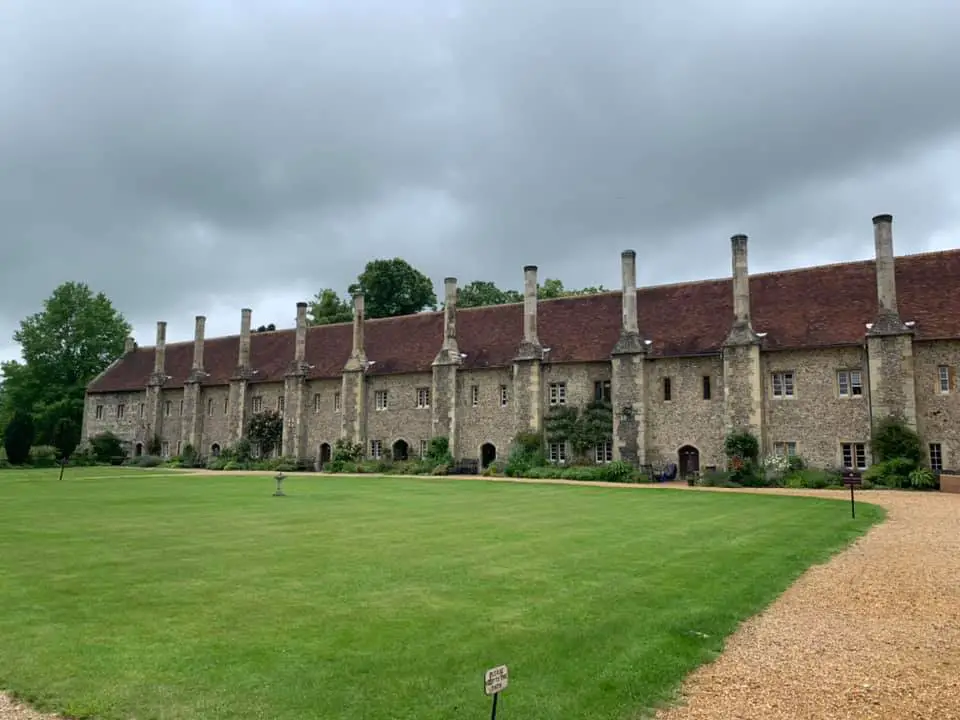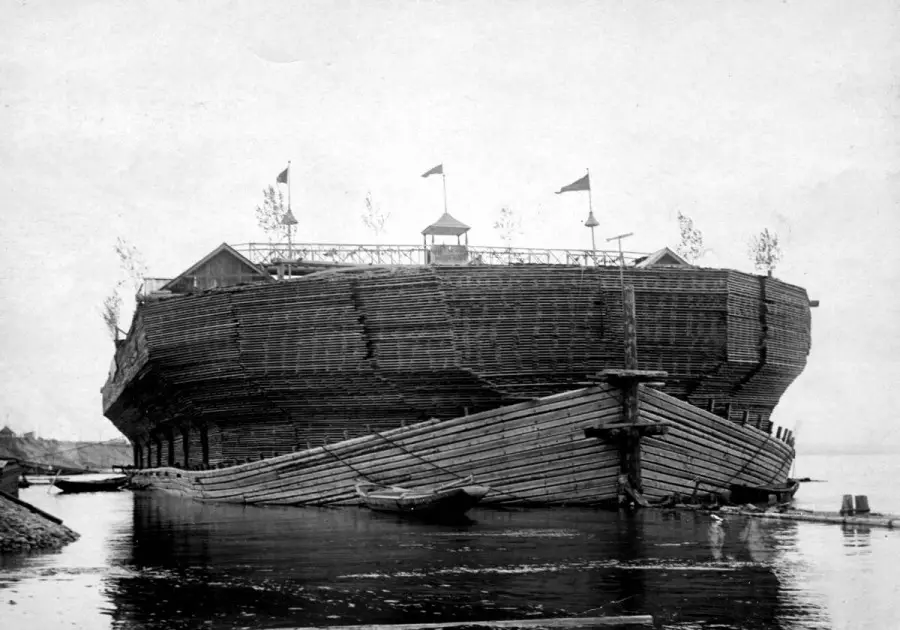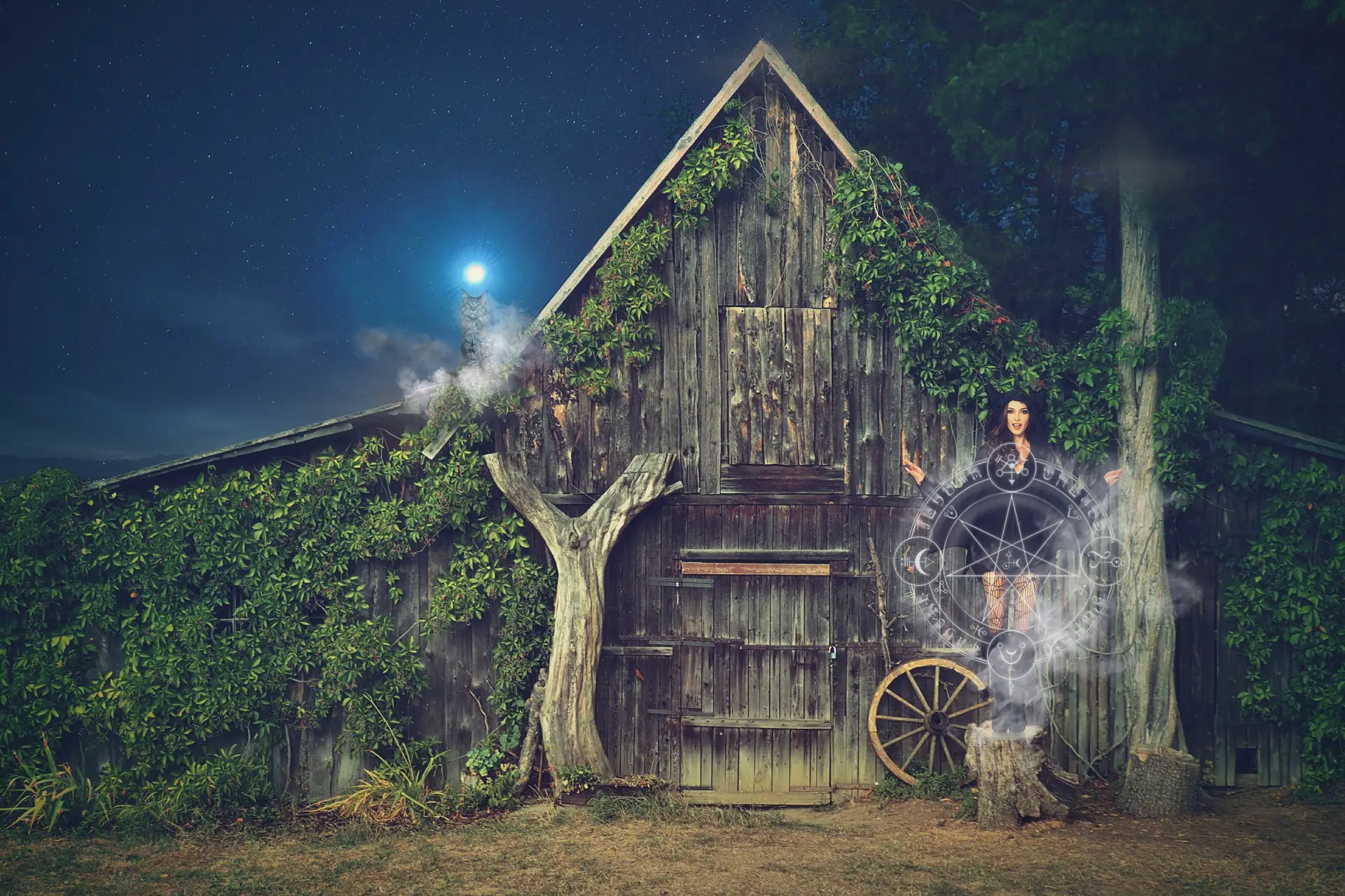Woolpit: There is a story from the 12th century that still has people mystified. According to the story, sometime in the 1100s a young girl and boy appeared in Woolpit.
Woolpit (or in Old English, wulf-pytt) which was a small village in Suffolk, England. The village got its name from the use of wolf pits used to trap animals.
According to local legend, Woolpit is the village where in the 1100s the last wolf of England was caught and killed.
Content
The fascinating story of the Green Children of Woolpit goes back 800 years to the writings of two medieval historians, Ralph of Coggeshall and William of Newburgh.
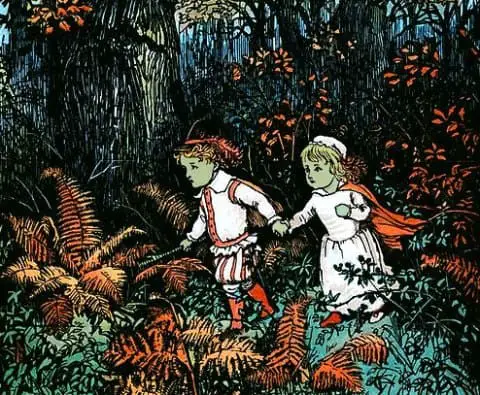
Green Skin
William made it very clear that he was at first skeptical. Later he was compelled to believe it as there were so many reliable witnesses who had seen the ‘Green Children’.
What mystified everyone is that the brother and sister had green skin, strange clothing and spoke a language no one understood.
That could have simply been that local dialects could be indecipherable from one settlement to the next. In medieval England, full of superstitions of evil spirits, it would have surely of scared the locals to death.
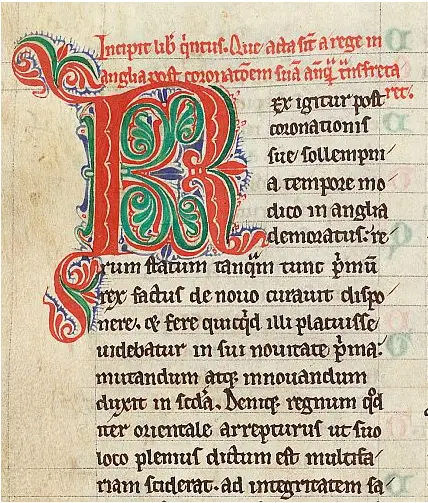
As the story goes, the two children either emerged from a nearby cave or a wolf pit. They were wandering around until they were taken into the village by the local folk.
The children were obviously hungry but refused all food and would only eat beans. Some versions of the story say they were fava beans and others claim they were, in fact, peas. Regardless, they were green.
A wealthy resident of the village, Sir Richard De Calne took them in and raised them. When the siblings began eating normal, healthy food they lost the greenish hue to their skin.
Inhabitants of the land of St. Martin
The ‘green children’ were slowly taught English, when they could converse in fluent English they were able to answer the question of where they came from. They replied:
“We are inhabitants of the land of St. Martin, who is regarded with peculiar veneration in the country which gave us birth.”
“We are ignorant [of how we arrived here]; we only remember this, that on a certain day, when we were feeding our father’s flocks in the fields, we heard a great sound, such as we are now accustomed to hear at St. Edmund’s, when the bells are chiming; and whilst listening to the sound in admiration, we became on a sudden, as it were, entranced, and found ourselves among you in the fields where you were reaping.”
“The sun does not rise upon our countrymen; our land is little cheered by its beams; we are contented with that twilight, which, among you, precedes the sun-rise, or follows the sunset. Moreover, a certain luminous country is seen, not far distant from ours, and divided from it by a very considerable river.”
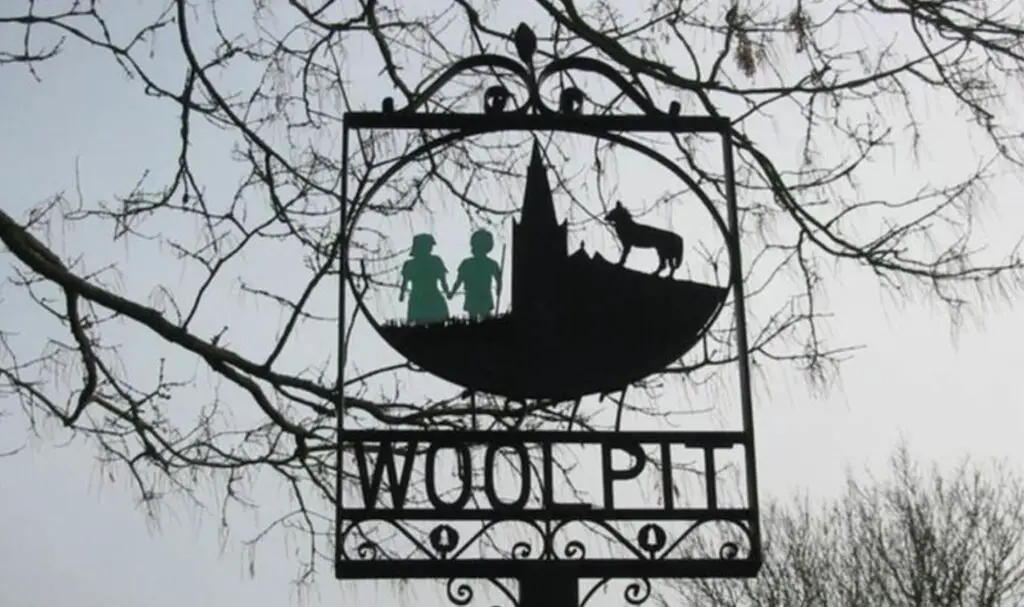
Flemish Immigrants
Historydaily.org tells us many believe the story is mostly true and the children were Flemish which would explain the odd language and clothing. Flemish immigrants were coming to England and a battle had been fought nearby in Fornham St. Martin in 1173. The green skin could have been caused by hypochromic anemia, caused by a vitamin deficiency or an infection.
And as always, an unsolved mystery often leads to speculation and there has been plenty of time for a number of stories to emerge.
As usual, there are those that claim the children were aliens. In 1621 Robert Burton published his book The Anatomy of Melancholy claiming that the children “fell from Heaven”, causing others to speculate that the children may have been from another planet.
Astronomer Duncan Lunan theorized that the children were accidentally transported to Woolpit from their home planet, which has a dark and light side and that the children must have lived straddled across the two sides in a 1996 article from the magazine Analog.
Murdered Parents
Another explanation is suggested by a video from BuzzFeedUnsolvedNetwork on YouTube. The Flemish immigrants were persecuted by Henry II and it was possible that the children witnessed their parents’ murders but their minds couldn’t process it and the children came up with this story either consciously or unconsciously.
Others claim it is merely an allegorical folktale. Going through a tunnel or cave to another world was a popular theme in literature at the time and even later as in The Lion the Witch and the Wardrobe by C.S. Lewis.
If you like this article, then please follow us on Facebook, Instagram
Another Article From Us: Is the William Wallace Sword Real?
In this tale, the children may represent Woolpit recovering from its wounds because of the battles fought nearby. The beans are probably featured because they had been only recently introduced to Great Britain.
What the real origins of this tale are may never be known but the story has put the little village of Woolpit on the map.


